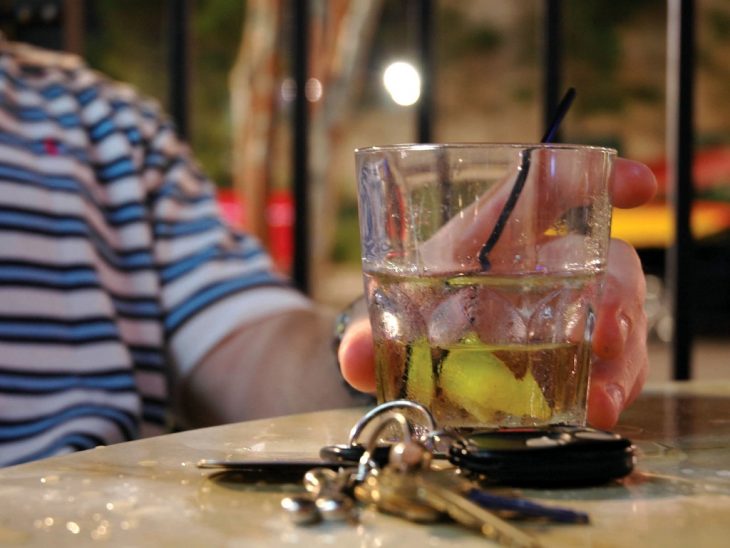Pressure is building on the Government to step up the action on drink driving following the publication of new figures showing an increase in alcohol-related crashes.
The newly released Department for Transport provisional estimates for 2018 on reported road casualties indicate that the total number of crashes involving a drink driver rose by 4% to 5,900 in the year.
Furthermore, an estimated 8,700 people were killed or injured when at least one driver was over the drink-drive limit, which is an increase of 1% from 8,600 in 2017.
The number of people killed in crashes where one driver was over the drink drive limit is, however, estimated to have fallen by 4%, reaching a central estimate of 240 down from 250 in 2017.
The latest figures have intensified calls for the Government to lower the drink drive limit;
England and Wales now stand alone with the highest drink drive limit in the whole of Europe at 0.8mg of alcohol in 100ml of blood, after Malta, the previous joint highest, lowered their drink drive limit to 0.5mg of alcohol in 100ml per litre of blood in 2018.
Josh Harris, director of campaigns for Brake, said: “With thousands of people still being killed and injured at the hands of drink-drivers every year, and little sign of this situation improving, decisive action needs to be taken. We’re calling on the Government to lower the limit and implement an effective zero tolerance on drink-driving, making clear to drivers that when you’re behind the wheel, not a drop of alcohol is safe.”
He added: “We need to change the culture around drink driving and that starts with changing a limit which gives a false impression that it is acceptable to mix alcohol and driving – this couldn’t be further from the truth. Even very small amounts of alcohol dramatically affect your ability to drive safely and the law should reflect this reality.”
IAM RoadSmart has also spoken out on the figures, which it says show that persistent drink-drivers are “not getting the message”, and has called for a ‘smarter’ package of measures to tackle the issue.
As well as urging a further lowering of the drink-drive limit in England and Wales to match Scotland, the road safety charity also says there should be wider use of drink-drive rehabilitation courses and, in line Scotland, vehicles of repeat offenders should be seized.
Neil Greig, director of policy and research at IAM RoadSmart, said: “Once again progress on reducing the toll of death and injuries from drink-driving has stalled.
“There is no one simple answer to reducing these figures, but IAM RoadSmart believe we now need a much smarter package of measures from the government including a lower drink-drive limit to reinforce good behaviour, fast-track of evidential roadside testing machines to release police resources and tailored approaches to help drivers with alcohol problems.
“Rehabilitation courses work and we think all those convicted of drink-driving should be sent on one automatically rather than having to opt in. More use of alcohol interlocks and extra penalties such as vehicle forfeiture, as used in Scotland, could all be part of a more joined-up approach to the problem.”
Greig concluded: “Drink-drivers are simply not getting the message, and these figures will not improve until policy changes.”











































